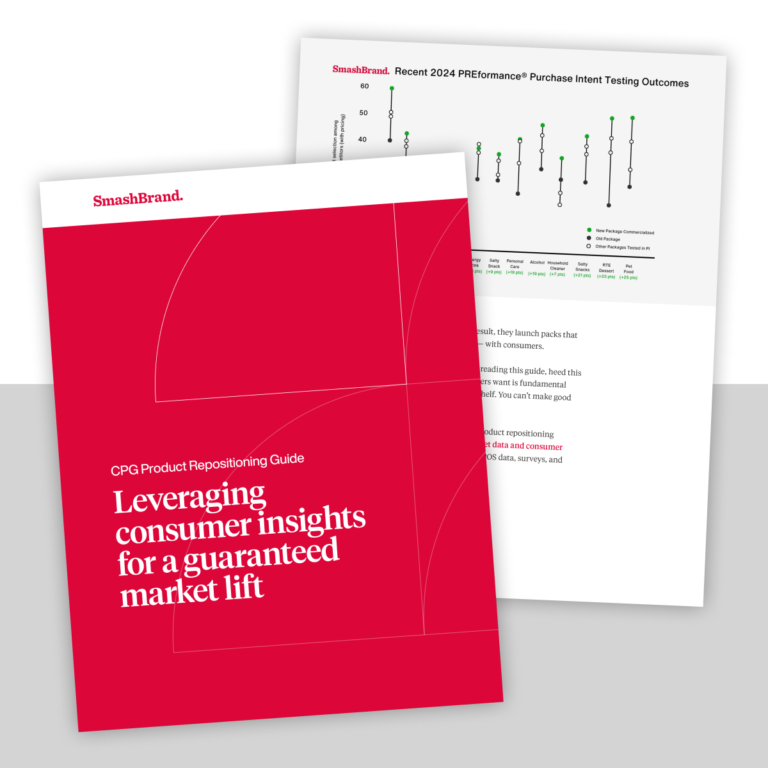Any self-respecting label designer wants his label to “pop”; not only for the typography and the alluring color scheme but for the catchy phrasing of the product and brand names. However, when the label pops because it promises a “Magic Old Skin Remedy,” it might not have the consumer appeal the designer originally intended.
Yes, sometimes product names and descriptions can get lost in translation. Using an electronic language interpreter might seem easy and cost-effective for giving your product trans-Atlantic appeal. Still, if it is negligently done, you might as well channel that savings into a brand reputation management campaign, especially if your grilled chicken product proudly declares that it comes from the least appealing part of the animal.
Rather than using Google Translate or some other highly fallible program, we recommend shelling out the money to hire a cultural consultant and a native-speaking focus group for whatever nation/language you seek to expand. Finding someone who speaks the language fluently before committing to a campaign seems so simple and logical – but brands nonetheless fail to take this simple step. On the bright side, we have been given some truly hilarious labeling gaffes.
How a Single Word Can Screw You
Now, we aren’t linguists, but from what we know from our glancing understanding of language, occasionally the meaning of a phrase can be entirely altered by the slightest misuse of terminology. So, while something might appear to have been translated accurately according to the strictest definition of a word, the meaning to native speakers could be completely different from what was intended. For example, the phrase on this drawstring baby bag is probably supposed to convey a feeling of tranquility, but even though it could be argued that paralysis can bring along a feeling of calm, it isn’t especially comforting.
Smacked in the Mouth by Slang
We’re constantly introducing new slang terms into pop culture, so we understand how difficult it can be to keep track of how the young’uns speak. However, we have to try and develop a basic understanding of how the natives communicate to one another, otherwise, we’re in danger of boldly declaring that our product is a hideous bodily function.
The Syntax/Punctuation/Grammar Tangle
The lack of an understanding of how native speakers talk can give consumers the impression that your brand doesn’t care. Worse, a bizarrely constructed product label that doesn’t even make the product’s purpose clear can severely compromise sales. Is this product supposed to be a remedy for love-induced hypertension?
The Grammatically Correct Wrong Sentiment
Yes, there is nothing wrong with the following phrase, per se – but when it’s casually employed it tends to convey an attitude that isn’t appropriate. In the case of this prepackaged sandwich, the call to action really seems like a thinly veiled threat.
The Trap of Translating Humor
Written humor has to be culturally specific and precisely constructed to work effectively. If you have a light-hearted, in-your-face slogan, you can’t just translate it directly and expect it to fly in Japanese. Some executives can’t even get ostensibly edgy taglines in their own language right.
If your product brand or label was meant to be edgy and/or funny, please hire a professional translator and test subject before going global. Sometimes, humorous cultural references simply can’t cross over effectively, as we see with this bizarre slogan translated from Japanese. Nothing gets the women hot like an overly long and awkwardly structured clause! Just ask these two studs!
If you haven’t gotten the point yet, let us summarize: be aware that — just like we sit here and mock brands/products that have been horribly translated into English — there are snarky bloggers and label designers in Japan and China doing the exact same thing. Don’t let a photo of your product be the subject of endlessly forwarded emails and hastily assembled GIFs.
Data-Driven Brand Development
Want a best-selling brand? SmashBrand is a brand development firm for FMCG and CPG companies. From brand strategy to packaging design testing, our Path To Performance™ process guarantees a retail performance lift. Book a time to discuss your project with our team.
Subscribe to
Nice Package.
A monthly newsletter that unpacks a critical topic in the FMCG & CPG industry.
Free Resource.

CPG product repositioning guide.
Explore the five undeniable signs your CPG product needs repositioning along with strategies for leveraging consumer insights for a guaranteed market lift.
Learn More About CPG product repositioning guide.